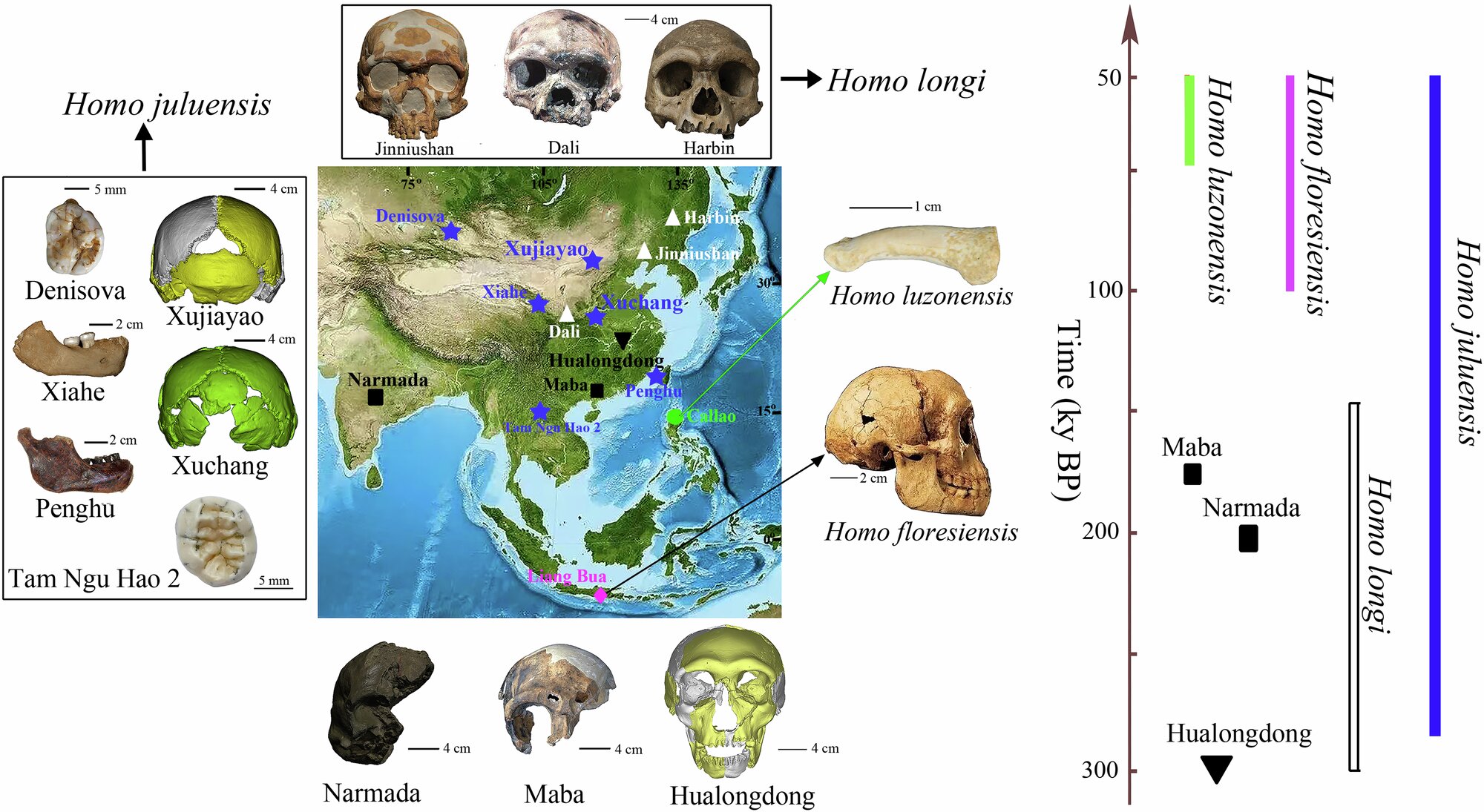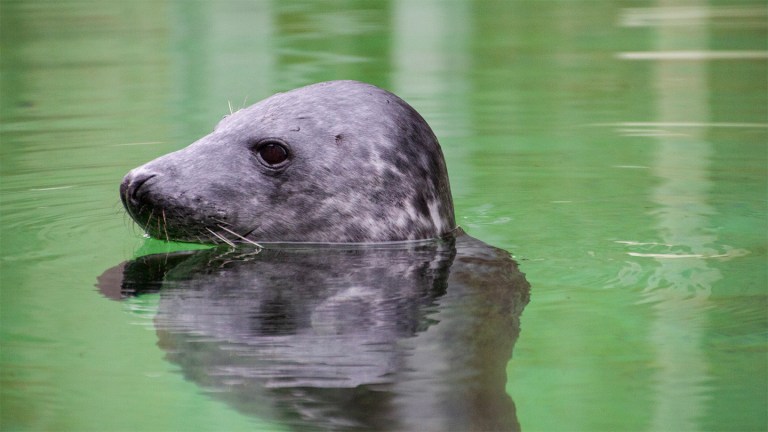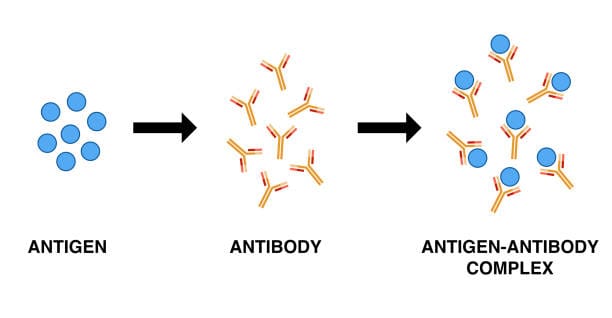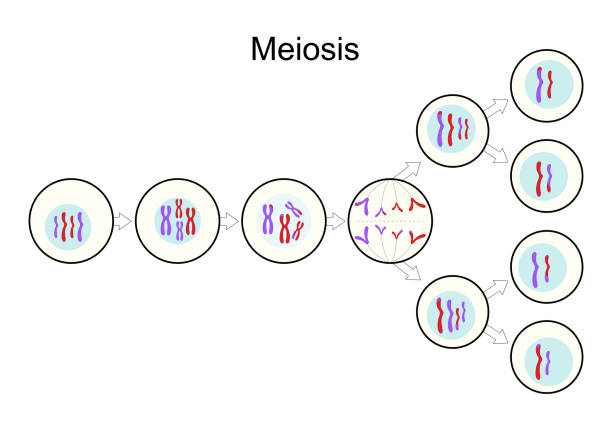In a significant breakthrough in the field of anthropology, a researcher from the University of Hawaiʻi has proposed the identification of a new human species, Homo juluensis. This species, believed to have lived approximately 300,000 years ago in eastern Asia, may offer insights into the complex web of human evolution, particularly the enigmatic group of ancient human relatives known as the Denisovans.
Professor Christopher J. Bae, a seasoned researcher from the University of Hawaiʻi at Mānoa’s Department of Anthropology, has spent over 30 years investigating human ancestors across Asia. His recent study, published in Nature Communications, aims to clear up some of the confusion surrounding ancient human species that co-existed in Asia during the late Middle to early Late Pleistocene, a period spanning roughly 300,000 to 50,000 years ago.
The concept of Homo juluensis challenges previous understandings of human evolution by proposing that this new species lived in the same time frame and regions as other ancient humans, such as Homo erectus and Homo sapiens. The species is believed to have hunted wild horses in small groups and possibly made tools and processed animal hides for survival. While Homo juluensis disappeared around 50,000 years ago, its discovery helps clarify the nature of human evolution in Asia and the interactions between different hominin species during this period.
Denisovans and Other Human Relatives
The Denisovans are among the most mysterious groups of ancient humans. Much of what we know about them comes from DNA evidence rather than physical remains, with only a few fossils recovered from Siberia, Tibet, and Laos. These enigmatic relatives of Homo sapiens were first identified in 2008, and since then, their genetic legacy has been found to contribute to the modern gene pool of some populations in Asia and Oceania.
Professor Bae’s research suggests that Homo juluensis may encompass the Denisovans, drawing on similarities found in fossilized remains, such as jawbones and teeth, from different regions of Asia. However, it is important to note that this relationship is still speculative, as more research is needed to confirm or refine these findings. The fossils, though valuable, remain fragmented, and the conclusions about the Denisovans’ exact nature and their connections to other ancient species are still unfolding.
Bae’s hypothesis that Homo juluensis could be related to the Denisovans brings clarity to an area of human history that has long been murky. The recognition of these ancient species as part of a broader evolutionary landscape is a crucial step in understanding the genetic and cultural diversity of early humans.
Organizing the Fossil Evidence
One of the most significant contributions of Bae’s research is the new framework for organizing ancient human fossils. Fossil records from regions such as China, Korea, Japan, and Southeast Asia have been difficult to categorize, with many fossils not easily fitting into the traditional labels of Homo erectus, Homo sapiens, or Homo neanderthalensis. This challenge has led to a lack of clarity regarding the relationships between ancient human species in Asia.
Bae’s innovative approach to organizing fossil evidence is akin to arranging an old family photo album, where some pictures are unclear or hard to identify. His method focuses on sorting and grouping fossil evidence in a more systematic and comprehensive way, enabling researchers to more easily trace the relationships between various species and understand the evolutionary history of humans in Asia. By doing so, Bae has not only advanced the scientific community’s understanding of ancient human species but also helped improve communication within the field, making it easier for both scientists and the public to grasp the complexities of human evolution.
“This study clarifies a hominin fossil record that has tended to include anything that cannot easily be assigned to Homo erectus, Homo neanderthalensis, or Homo sapiens,” Bae explained. “Although we started this project several years ago, we did not expect to be able to propose a new hominin species and then to be able to organize the hominin fossils from Asia into different groups. Ultimately, this should help with science communication.”
Bae’s work is vital for reconstructing the fragmented history of human evolution, particularly in Asia, where much of the fossil record has remained poorly understood. By organizing fossils into distinct groups based on shared characteristics, Bae’s research paves the way for a clearer understanding of the different species that co-existed and interacted in ancient Asia.
Human Evolution in Asia
Understanding the evolution of human species in Asia has been a long-standing challenge due to the region’s vast and varied geography, as well as the scarcity and fragmentary nature of the fossil record. Asia is home to some of the oldest human fossils, and it is believed to have been a major center for early human evolution. However, many ancient human species that lived in Asia remain poorly understood, especially those that existed between the well-documented species of Homo erectus and Homo sapiens.
Professor Bae’s research provides an important piece of the puzzle by shedding light on the species that lived during the late Middle to early Late Pleistocene, a critical period in human evolution. During this time, Asia was home to multiple species of hominins, including Homo erectus, Homo sapiens, and potentially the Denisovans, as well as other groups that are only now beginning to be identified. By identifying Homo juluensis as a distinct species, Bae’s work helps to fill some of the gaps in our understanding of human ancestry in Asia.
Furthermore, Bae’s collaboration with Xiujie Wu, a senior professor from the Institute of Vertebrate Paleontology and Paleoanthropology at the Chinese Academy of Sciences, underscores the importance of international collaboration in advancing our understanding of human evolution. Together, they have contributed to the taxonomic description of Homo juluensis, expanding our knowledge of the diversity of human ancestors in Asia and their complex interactions with each other.
Implications for Science and the Study of Human Origins
The discovery of Homo juluensis and the new methods used to organize fossil evidence have profound implications for the field of anthropology. As Bae points out, this work provides a clearer picture of human evolution in Asia and highlights the need for continued research to fully understand the relationships between ancient human species. The identification of Homo juluensis also raises new questions about the interactions between different hominin groups and their impact on the genetic and cultural development of modern humans.
This research is not just important for anthropologists but also for the general public. As scientists continue to uncover new species and refine our understanding of human evolution, the broader narrative of our origins becomes clearer. By piecing together the various threads of human history, researchers like Bae are helping us better understand who we are and where we come from. The discovery of Homo juluensis is a testament to the ongoing efforts of scientists to uncover the mysteries of our past and to build a more complete picture of the evolutionary forces that shaped humanity.
Reference: hristopher J. Bae et al, Making sense of eastern Asian Late Quaternary hominin variability, Nature Communications (2024). DOI: 10.1038/s41467-024-53918-7






